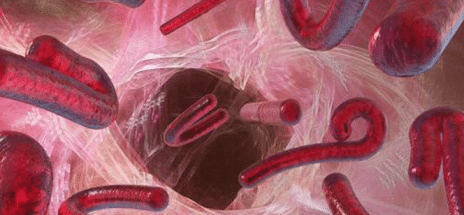A SHORT GUIDE TO THE EBOLA VIRUS

With the shock of Ebola virus that swept across the world recently, there is renewed interest in the virus from all corners of the globe. So we thought we should do a quick guide on the essentials of the Ebola virus.
What is Ebola?
Ebola is common name of Zaire Ebolavirus and the family of filoviruses that originate in West Africa and are among the most virulent strains of viruses. The virus progresses so quickly that researchers are yet to tease out the precise sequence of events that happen during its life cycle.
What does Ebola do the immune system?
The first thing that the virus does on entering the body is to target certain types of immune cells that represent the first line of defence against invasion. It infects dendritic cells which are responsible to activate white blood cells in defending the body against foreign invasion.
What are the symptoms of Ebola infection?
Haemorrhaging is one of the common symptoms of being infected by Ebola. Once the virus enters the blood stream, it releases proteins that trigger coagulation, which will form clots all throughout the blood vessels, thereby reducing supply of blood to organs. They also produce inflammatory proteins that damage the lining of blood vessels and make them leak. Bleeding from the nose, eyes, and other orifices is a common symptom.
How can survival chances improve?
Patients have been found to fare better with protective and supportive care. Oral and intravenous rehydration can buy time for the body’s defence mechanism to fight the virus. As such, there is no cure Ebola infection. The hope is just to give the patient the best chance of fighting it by strengthening his natural defence mechanisms.







